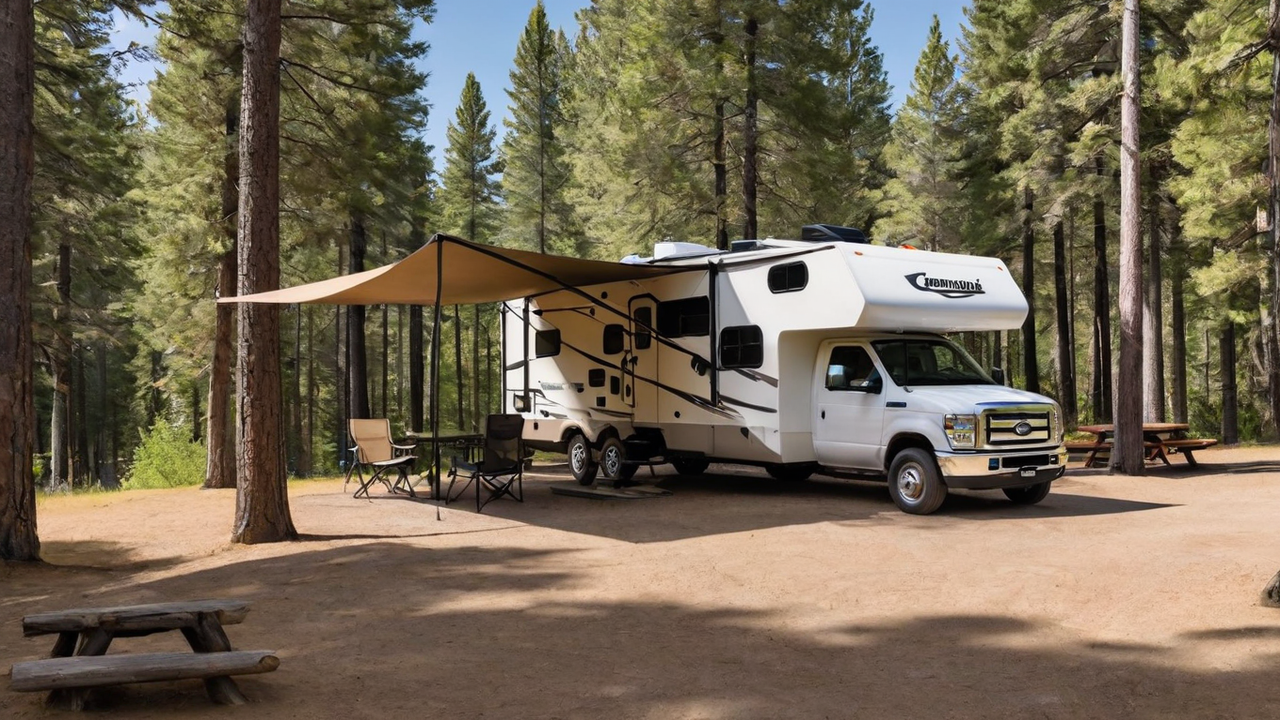Designing the Supreme User Experience: Designing Principles for Camping Programs
Designing the Supreme User Experience: Designing Principles for Camping Programs
Blog Article

Comprehending Your Users
Knowing which your target users is vital in creating an efficient user experience. It's crucial to take into account their requirements, preferences, and technology savviness. Such insight directs the designing decision, guaranteeing that the program is accessible and intuitive.
Knowing the audience likewise means recognizing their difficulties and the way they plan to utilize the camping software. This allows designers to customize functions and functionalities that address specific requirements, making your software not only helpful but also indispensable.
Streamlining the Navigation System
Simplifying your navigation can be one critical aspect of interface designing. A clear navigation structure makes sure users can quickly find what they're looking for, cutting down frustration and improving satisfaction levels. It's about the user journey within the software as smooth and effortless as possible.
Additionally, effective navigation leads visitors through your application, showcasing functions and tools that they might otherwise would overlook. Such an approach not only improves user experience but also encourages deeper interaction with your campground software full array of capabilities.
Incorporating Premium Visuals
Visuals have a crucial part in creating a attractive user interface. Visuals help in breaking monotony and can demonstrate features more clearly than description alone. Choosing the correct graphics, icons, and color schemes can greatly enhance the appearance of the software, thereby making it more appealing to your users.
Moreover, a consistent visual style is for creating a strong brand identity and trust among your users. Every element must be in alignment with the brand's principles and the overall message of the application, creating a seamless user experience that is both polished and welcoming.
Enhancing the Responsiveness
In the current digital world, users demand camping software to be responsive on every platforms, from desktops to smartphones. An responsive interface ensures that regardless of what screen size, your software offers an uncompromised experience. This not only boosts usability but likewise caters to the users’ on-the-go lifestyle.
Additionally, enhancing the responsiveness could result in better performance, decreasing the loading time and avoiding frustration. Users appreciate a quick and smooth interaction when accessing campground software, which makes speed a vital aspect in user satisfaction.
Optimizing the Search Functionality
Searching for info quickly is crucial in any kind of application, particularly in campground software systems. Optimizing the search functionality enables visitors to effortlessly discover what they're looking for, which improves their satisfaction and productivity. By smart search capabilities, you reduce the frustration and improve general satisfaction.
Furthermore, advanced search options like filters and tags can assist in narrowing down search results, making it search process more efficient. Implementing these features shows an understanding of the user’s needs and an effort to enhancing the user’s interaction with your campground system as smooth and productive as possible.
Prioritizing Security
Security must be a top priority when it comes to designing campground software. Users want to be secure when providing their private data. Guaranteeing tight security protocols not only protects the data but also builds trust between the user and the brand.
Beyond basic security features like passwords and encryption, consider implementing additional security measures such as two-factor authentication or biometric verification. These features provide an extra layer of security, ensuring that user data is kept safe from unauthorized access.
Leveraging Feedback
Listening to feedback is crucial for continuous enhancement of the campground software. It allows developers to understand what works, what doesn’t, and how the application can be bettered to better meet the user’s expectations. Actively seeking this type of feedback builds a partnership between your customers and your development team, which makes them feel like they are actively a part of your product's journey.
Taking feedback wisely can lead in significant improvements in user interface designs and the overall UX. Making changes based on user input demonstrates that the company values its users and is committed to providing a superior experience.
Keeping the Simplicity
Among design, simplicity is golden. A overly complex UI can confuse the users, leading in a unpleasant user experience. Simplicity, on the other hand, helps your software more intuitive and user-friendly. It encourages greater user engagement and satisfaction.
Moreover, keeping the simplicity should extend to the software’s content and functionality. Avoiding unneeded features that don’t add real value can help ensure that the interface remains clean and focused on meeting the core needs of your users. By doing so, you can craft staylist.com a more efficient UX that appeals with the target audience.
Report this page